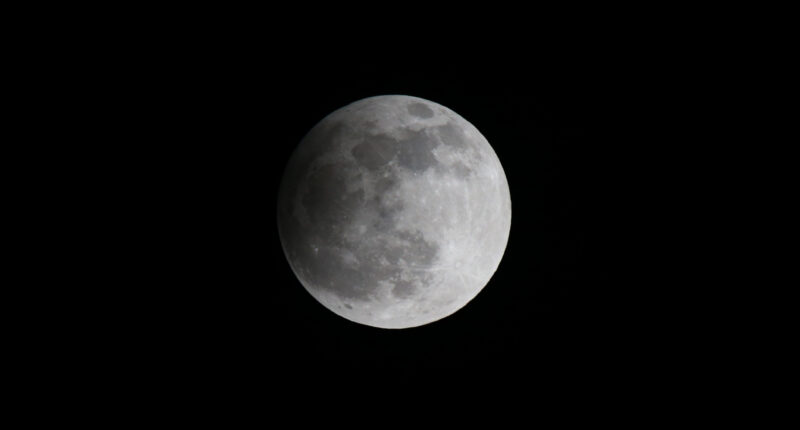LIFE as we know it cannot survive without water, making many wonder if it is possible to live on another planet or even the moon.
While previous missions to space have brought water and recycled it, a new study has suggested that those traveling to the moon may be able to drink from materials found right on the surface.
Published in Acta Astronautica, the study suggests that “icy lunar samples” made from regolith – or soil – found on the surface of the moon can be heated to extract drinkable water.
To do this, the researchers turn away from traditional heating methods and propose using an everyday kitchen item: a microwave.
Microwaves have been used as “efficient” heaters in experiments on lunar simulants before, the study notes, adding that high-powered devices have been found to extract water from samples at – 50 °C.
But, for the purposes of their study, the researchers focused on lower-powered devices – specifically 250 W, 2.45 GHz microwaves.
While they were unable to test actual lunar regolith in their study, the researchers used two simulants – LHS-1 and LMS-1 – to mimic material found on the lunar highlands and lunar mare, also known as the lighter and darker parts of the moon.
These stimulants were produced by CLASS Exolith Lab, located at the University of Central Florida.
The study noted that actual lunar regolith could “act as energy sinks for microwave energy,” making the heating process overall more effective.
To heat the materials, the researchers took the simulants, created a “mud-pie” to distribute its water contents, and placed it in a ceramic crucible lined with ceramic paper.
Most read in News Tech
Before placing it in the microwave heating unit, they cooled the samples to a temperature of 100K, or -279.67F.
Ultimately, the study was able to extract 67% of the water from the samples after heating in the microwaves for roughly 25 minutes.
That amount was bumped up to 90% after 35 minutes.
The study touted their research as proof that low-power microwaves “is an effective extraction technique,” for water.
Additionally, they said that it should typically be used as a “singular heating method…for site prospecting or water extraction from low-water content mission sites.”
But don’t pack your microwave just yet, as the researchers warned that the method may not be efficient for materials with higher water content, suggesting that conventional heating methods could be used.
Still, they have urged further research to be conducted on the matter.













